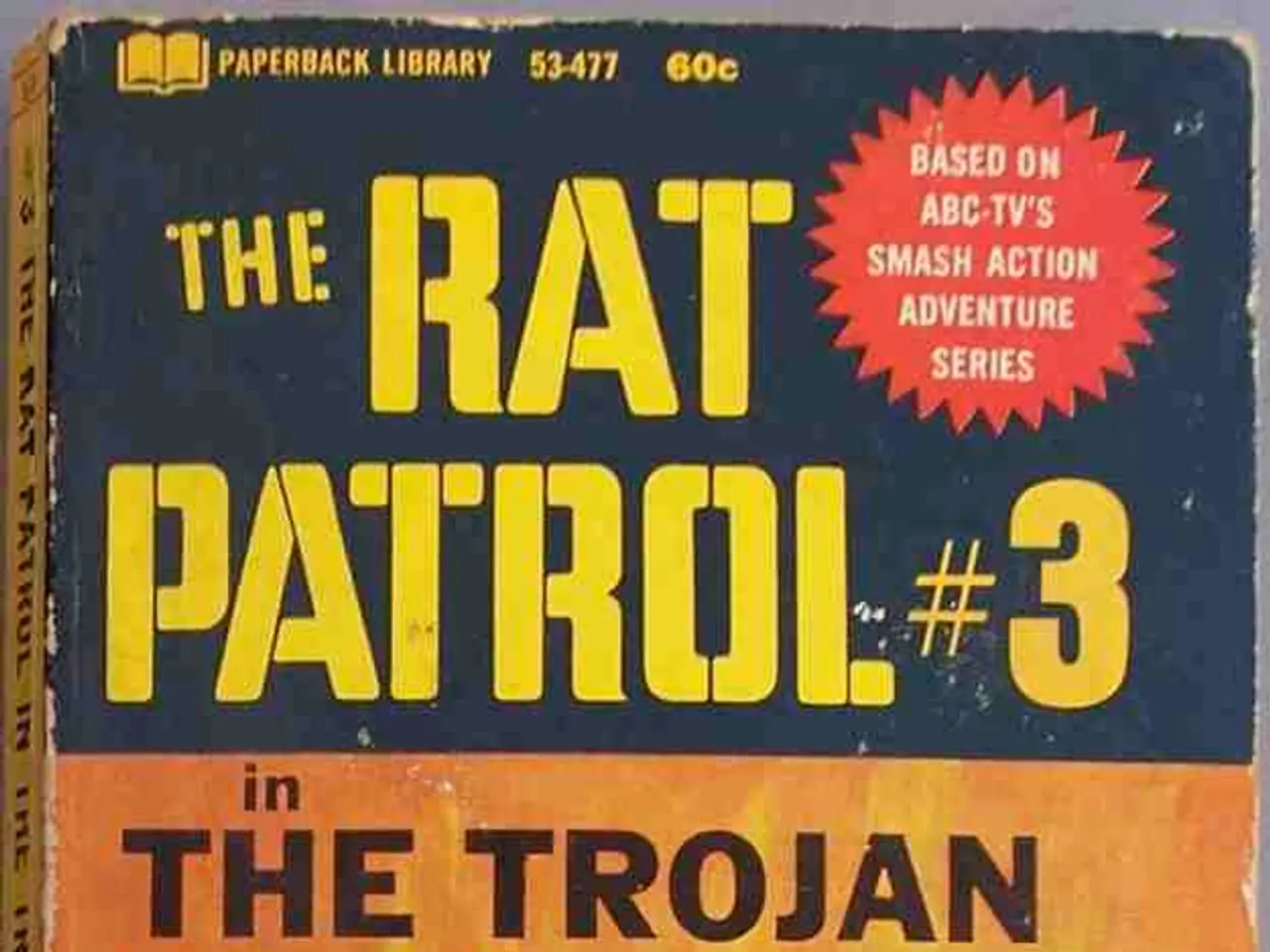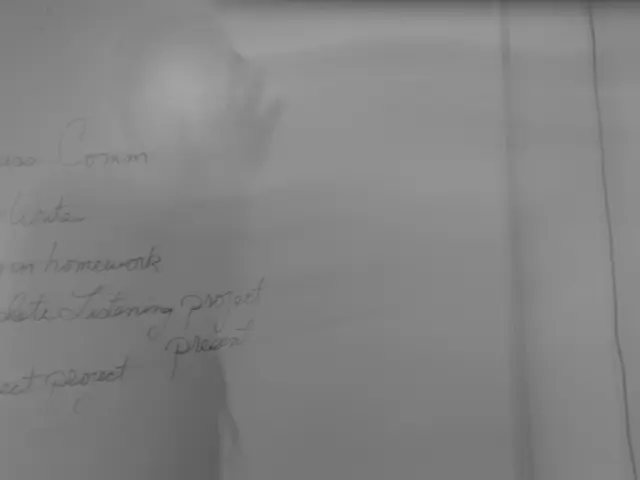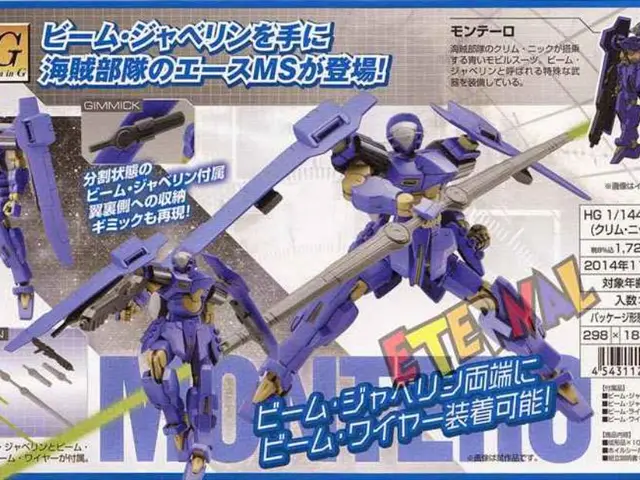Exploring the Future through the Lens of Operational Art: A Revival Amidst the Era of High-stakes International Rivalry
In the early 2000s, the US military found itself embroiled in a complex conflict in Iraq. This article delves into the lessons learned from that period, focusing on the role of operational art and its impact on the course of events.
The US military's entry into Iraq in 2003 was marked by a false sense of security in its understanding of how the war would be fought. This was evident in the plans for Phase IV operations, Eclipse II, which were built around a set of fundamentally flawed assumptions.
The roots of operational art can be traced back to the late eighteenth or early nineteenth centuries. The term was coined by Russian staff officer Alexander Svechin in the early twentieth century. In the 1920s and 1930s, the Soviets developed Deep Battle, an approach to operational art built on the lessons of World War I and the Russian Civil War. On the other hand, Operation Desert Storm was the first episode in which US forces fought as imagined in AirLand Battle, a doctrine developed in the 1980s.
However, the 2001 edition of the US Army's capstone operational doctrine, Field Manual (FM) 3-0, received only minor attention and lacked any substantive discussion of operational art. It was not until 2005 that the Army launched an effort to update FM 3-0, which eventually allowed for the codification of Army Design Methodology in FM 5-0, The Operations Process, in 2010.
The updated FM 3-0 expanded on the discussion of the elements of operational art, provided a comprehensive framework for its application, and linked cognitive framing with operational art for the first time in doctrine. The update to Joint Publication 3-0 in 2006 introduced a broader discussion of the tenets of operational art in the manual, setting the tone for increased emphasis on operational art in Army doctrine.
The new FM 3-0 also introduced innovative elements to the battle command framework, such as "understand," "lead," and "assess," emphasizing the role of leadership and the need to continuously frame and reframe the problem and situation as circumstances changed.
The US military's approach in Iraq, marked by a lack of understanding and planning, was a stark contrast to the importance of properly connecting tactics to strategy. As the competition to shape the international order remains focused mainly on the United States and China, with Russia often left lurking in the shadows, the lessons of Iraq serve as a reminder of the importance of operational art in large-scale military operations.
In a 2013 article, journalist Spencer Ackerman offered a scathing review of Rumsfeld's Rules, criticizing the abandonment of operational art that marked the early years of the wars in Afghanistan and Iraq. On the other hand, William E. Linn, in his article "Whither Operational Art?", argued for the increased emphasis on the cognitive dimension of warfare, which was both timely and necessary.
As we look forward to a potential return of great power competition, the importance of operational art in shaping and executing military strategy cannot be overstated. The lessons learned from the past serve as a guide for the future, reminding us of the need to properly connect tactics to strategy to avoid doing the wrong things extremely well.
Read also:
- Trade Disputes Escalate: Trump Imposes Tariffs, India Retaliates; threatened boycott ranges from McDonald's, Coca-Cola to iPhones
- Aquatech purchases Koch's Direct Lithium Extraction business, merging Li-ProTM DLE technology into the PEARLTM Technology Platform.
- Nepal's Journey: Evolution from Street Life to Political Power
- Li Auto faces scrutiny after crash test involving i8 model and a truck manufacturer sparks controversy




